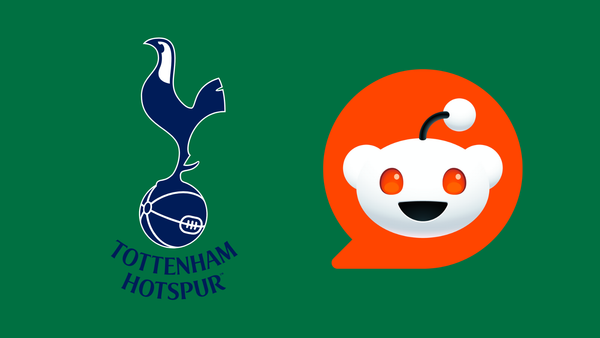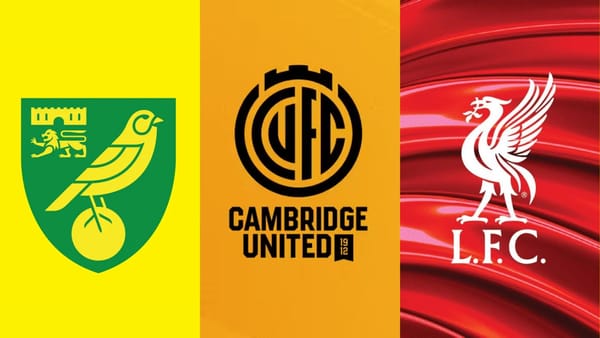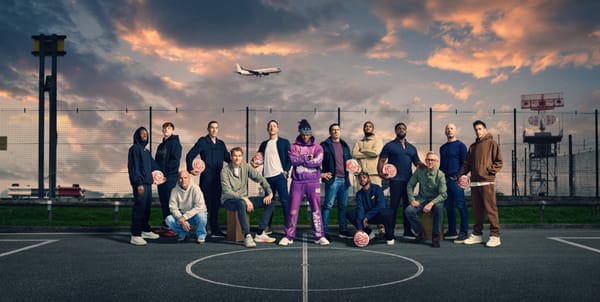In a world ruled by measure, nothing is more powerful than magic

Unquestionably, building and leveraging a brand has never been more important. But successfully making the case for investing in them has never felt harder. The belief that what is measurable matters and what isn’t doesn’t, is a prominent reason amongst many to why this is the case. But it’s also partly because brands are complicated. They are a balance between half-real, half-virtual things that no-one, other than marketers (well, some) really understand properly.
Some would even go so far to label it magic perhaps…
[magic – the power of apparently influencing events by using mysterious or supernatural forces]
And that’s probably because historically marketers have tended to dwell on (if at all) the emotional, la-la land part of brands. Those ‘parts’ that are often berated and belittled in key conversations. You know those ‘parts’ I’m talking about – the fuzzy and warm stuff that’s ‘fun’ and ‘cute’ when things are good. But we’ve only got ourselves to blame because for many brands, and most definitely for most sports clubs, nowhere near enough emphasis and consideration is given to the stuff that really matters to the likes of the CEO and CFO – the commercial stuff about what brands do to drive commercial value. How it actually helps make money and impacts the bottom line.
We need to do better at this part because the reality is that, proven again and again, a strong brand is a business’s most valuable commercial asset. A well-managed and supported (by the entire business) brand increases the chances of customers choosing your product or service over your competitors (which is not just the other footy team down the road). It attracts more customers, at a lower cost per sale, who are happy to pay a little more, and will buy it a little more often. We need to get better at showcasing the bottom line impact so that brand isn’t just understood to be just logos and colours (or whatever else the brand guidelines may include).
Whilst there are decades of insights, data and proof that showcase the true power, impact and versatility of brand as a vital business tool (reach out if you’re keen to hear more), it’s fair to say that there are many within sport leadership roles who behave as if creating a preferred and distinctive brand is an unnecessary luxury. Sports practitioners who think it’s enough to:
- Only invest in measurable, short-term digital advertising;
- Simply set and forget SEO (via a freelancer who can set it up cheaply);
- Update the website with all the information necessary regularly;
- Create social content and share it on Facebook, or whatever platform is in the news;
- Prioritise communication with existing customers (that doesn’t cost anything);
- Solely re-target prospects who’ve signalled some level of intent (visited the website).
If you don’t invest in your brand (not just financially), you’re not investing in growth. You’re simply sentencing your brand to swim in a sea of sameness.
After all, if not perceived to be different and distinctive in-market, you’re the same as everyone else. And the same is commercial suicide in any business. Knowing that (almost) no-one has ever advocated ‘sameness’ as a winning strategy, investing into being you, and being recognisably you is a well proved path to growth for many reasons including the fact that:
- Being seen as different can drive brand value.1Kanter, BrandZ, 2017.
- Being seen as different can predict sales growth.2Admap April 2017, ‘Establish KPIs that grow brand equity’, Josh Samuel, Kantar’.
- People will pay a premium for brands they think are different.3Kantar Millward Brown R&D study: Shopcom and FlyBuys loyalty card data merged with equity survey responses at respondent level.
- Ads that make brands seem different are more likely to drive sales.4Kantar analysis of the Link Database. Short-term Sales Likelihood (STSL) is a measure that is strongly predictive of sales shares increases.
- Distinctiveness is highly memorable.5von Restorff, H. (1933). Über die Wirkung von Bereichsbildung im Spurenfeld [On the effects of the formation of a structure in the trace field]. Psychologische Forschung, 18, 299–342. Psychological Reports, 69(3), 923-926.
- Distinctive brand assets drive ad recognition.6Data shared in the WARC webinar ‘Brand Assets as a Source of Strength’, Jenni Romaniuk, 2014.
- Distinctive brand campaigns are more profitable.7Ebiquity analysis from IPA Effectiveness silver award winner ‘Rembrandt in the attic’ by BBH/Weetabix/Ebiquity.
- Distinctive ads correlate with sales growth.8Kantar Media Millward Brown Audi Advertising Distinctiveness Index.
For sports practitioners managing a sports club, proper work needs to be done to define how you are, or could be different, whilst being consistently recognisable in everything you do. Doing so requires you to pose and work to answer the following questions as an administration:
- What type of brand are you?
- What are your brand values? What will be the values held dear for this brand? What do you want to stand for in dealings with everyone? What do you genuinely (and can consistently) believe in?
- What are your brand attributes? What will the words that all stakeholders use to describe the brand? What are the things you will be famous for? Functional and or emotive.
- What is your brand purpose? Why do you do what you do? What role do you play in people’s lives and what would happen if you ceased to exist? Would it matter?
- What is your brand personality?
- What are the benefits (tangible, intangible) that you deliver?
- What are your ‘distinctive assets’? How will people quickly and unconsciously know it’s you communicating regardless of where you communicate? Colours? Mascots? Tag lines? Song? Know what you own, and invest in owning it.
Unpacking, interrogating and aligning on the answers to these questions as a connected Administration is vital to determining how your brand could (should) be different and distinctive.
And whilst on paper this all (well, to me) seems to make sense, the reality is that increasing the understanding of brand across the administration – what it is and why it’s so valuable – is a process. It takes time to take people on that journey, and not everyone will always understand. So be patient with yourself. And if anything, just start the conversations of why brand matters, why it’s commercially pivotal, and why being different and distinct matters.
The same for investment (and asking for money to expose the brand). There is a heavy reliance on digital and owned media in sport (and likely to get heavier because of COVID-19 and dissipating revenue), and there’s value in it all, but in taking an analogy from football, lift your eyes and look past the next few days, weeks, months. Think years.
After all, a strong brand for sports clubs will deliver more revenue, profit and growth, more efficiently, year after year. And on top of that, it can help attract, motivate and retain your second most important asset: people. After all, brand is as much about company culture as it is anything.




